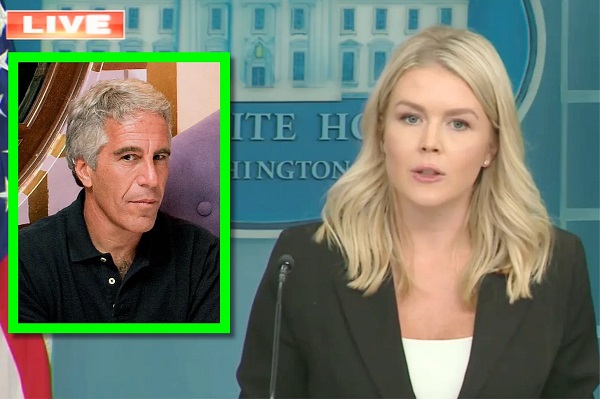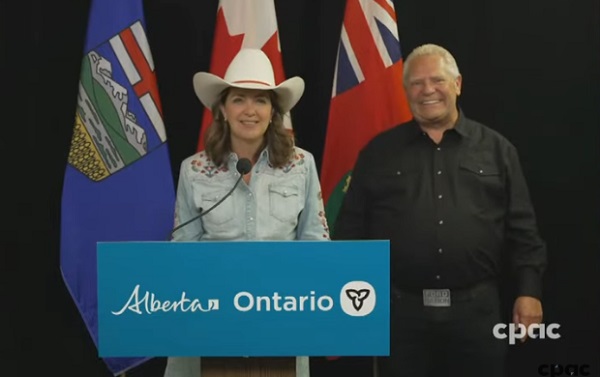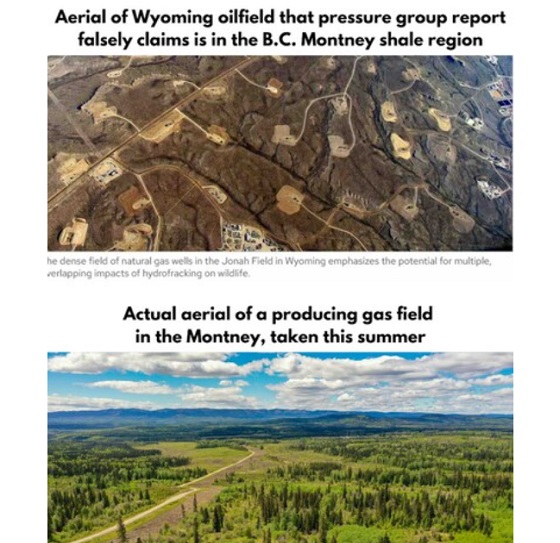Business
Broken Spirits Distillery – Opening Doors Through Adversity

Starting a business can be a difficult task for every industry, now more than ever. The upfront capital required, real-estate licensing, the infrastructure regulations, fire safety guidelines, the list goes on. Not for the faint of heart. However, there is something amazing about the concept of crafting the perfect product, then aligning that with superb branding and executed by a talented team. Thankfully, this is a positive news story. Where three like-minded entrepreneurs are acting on their passion and motivation to work through adversity and build a business together.
Broken Spirits recently opened their doors to Calgarians, where you and your friends can enjoy highly refined spirits distilled at their location. Being well aware of these challenging times, Mark, Chris and Jeff, in line with the completion of their testing phase, decided that they wanted to bring some positivity to the wider community and open their doors.
Jeff, Mark and Chris met in 1997 while working together at an Outback Steakhouse in Calgary. Building a strong friendship over twenty years, fast forward to two and a half years ago, they found themselves sitting around a table discussing a common interest to create their own brewery. After some thought and inspiration from some of their favourite gins, their interests pivoted to opening a distillery. Tying all of their experience, technical skills and industry acumen together, they felt confident in moving forward with starting their own brand.
We all love a good origin story. After sipping some beautifully crafted gin and in conversation with Mark and Chris, they offer some additional insight behind starting Broken Spirits Distillery.
“As a trio, we have built it up to where we are today. It has always been more about a partnership, building through adversity and keeping our spirits up, which is where the name Broken Spirits originated. Our focus moving forward is now on comradery and the community here”
Located just off of 36th Street NE and the Trans Canada Highway, now open with reduced hours and capacity straight out of the gate. The team at Broken Spirits is welcoming new customers on select days of the week, specifically Thursday and Friday between 4:00pm to 9:00pm and Saturday 3:00pm to 9:00pm. Until the Alberta Health Service guidelines have been lightened, all bars, breweries and distilleries such as Broken Spirits, will continue to put the focus on customer safety as their top priority.
Like a party we are all invited to, Calgary breweries, bars and distilleries alike are one of my favourite examples of a strong community. As I claim to be no expert on this subject, Mark and Chris speak on what community means to them in the wake of their opening:
“We are a community within the three of us, extending to our families who have shown us a lot of support. In addition to that, we are very fortunate to have the location that chose. Even our parking lot is a community within itself with neighbours like Sunny Cider and Heathens Brewing. Even just blocks away, within the craft district that is building here, Toolshed Brewing and Common Crown brewing are building a community of their own.”
“Since our opening, we have had people coming in, posting on their social media and we have experienced a lot of interest in supporting businesses in this area. That even expands out of our area in the NE, where we have had visits from the broader craft distillery and brewery community in Calgary. It has been clear there is a real push from a group of people with a common goal – wanting to grow the community and the industry here in Calgary.”
Positive feedback is one surefire way to know that it can the right time to hit the ground running with the launch of new products. Fortunately for me as a ‘gin guy’, I had the opportunity to taste the Broken Spirits gin and their spiced sugar cane spirit. Safe to say with the care Jeff has put into the products, these three guys are on to something great. Chris and Mark offer their thoughts on the initial feedback they have received.
“The feedback has been very positive so far. We have experienced a lot of great comments on our branding and product packaging, designed by a local designer, has really captured our vision and created a brand that our community can connect with.”
“We have also been getting really positive feedback on our spirits too. Either mixing it or drinking it straight, hearing customers say they can really connect with the flavours we have instilled in our products. To further that, we have experienced non-gin drinkers simply try our product and end up leaving with a bottle, which is huge.”
If you are like me and you love gin, I would highly recommend visiting the Broken Spirits Distillery location and trying it for yourself. If you are more of a rum connoisseur, don’t forget to try the spiced sugar cane spirit before you go. Looking forward to learning more about the Broken Spirits brand as it continues to grow and I wish Chris, Mark and Jeff the best moving forward.
If you would like to learn more about the Broken Spirits Distillery or to check out the products and merch they have available, visit their website here or on their social media below.
For more stories, please visit Todayville Calgary
Automotive
Federal government should swiftly axe foolish EV mandate

From the Fraser Institute
Two recent events exemplify the fundamental irrationality that is Canada’s electric vehicle (EV) policy.
First, the Carney government re-committed to Justin Trudeau’s EV transition mandate that by 2035 all (that’s 100 per cent) of new car sales in Canada consist of “zero emission vehicles” including battery EVs, plug-in hybrid EVs and fuel-cell powered vehicles (which are virtually non-existent in today’s market). This policy has been a foolish idea since inception. The mass of car-buyers in Canada showed little desire to buy them in 2022, when the government announced the plan, and they still don’t want them.
Second, President Trump’s “Big Beautiful” budget bill has slashed taxpayer subsidies for buying new and used EVs, ended federal support for EV charging stations, and limited the ability of states to use fuel standards to force EVs onto the sales lot. Of course, Canada should not craft policy to simply match U.S. policy, but in light of policy changes south of the border Canadian policymakers would be wise to give their own EV policies a rethink.
And in this case, a rethink—that is, scrapping Ottawa’s mandate—would only benefit most Canadians. Indeed, most Canadians disapprove of the mandate; most do not want to buy EVs; most can’t afford to buy EVs (which are more expensive than traditional internal combustion vehicles and more expensive to insure and repair); and if they do manage to swing the cost of an EV, most will likely find it difficult to find public charging stations.
Also, consider this. Globally, the mining sector likely lacks the ability to keep up with the supply of metals needed to produce EVs and satisfy government mandates like we have in Canada, potentially further driving up production costs and ultimately sticker prices.
Finally, if you’re worried about losing the climate and environmental benefits of an EV transition, you should, well, not worry that much. The benefits of vehicle electrification for climate/environmental risk reduction have been oversold. In some circumstances EVs can help reduce GHG emissions—in others, they can make them worse. It depends on the fuel used to generate electricity used to charge them. And EVs have environmental negatives of their own—their fancy tires cause a lot of fine particulate pollution, one of the more harmful types of air pollution that can affect our health. And when they burst into flames (which they do with disturbing regularity) they spew toxic metals and plastics into the air with abandon.
So, to sum up in point form. Prime Minister Carney’s government has re-upped its commitment to the Trudeau-era 2035 EV mandate even while Canadians have shown for years that most don’t want to buy them. EVs don’t provide meaningful environmental benefits. They represent the worst of public policy (picking winning or losing technologies in mass markets). They are unjust (tax-robbing people who can’t afford them to subsidize those who can). And taxpayer-funded “investments” in EVs and EV-battery technology will likely be wasted in light of the diminishing U.S. market for Canadian EV tech.
If ever there was a policy so justifiably axed on its failed merits, it’s Ottawa’s EV mandate. Hopefully, the pragmatists we’ve heard much about since Carney’s election victory will acknowledge EV reality.
Business
Prime minister can make good on campaign promise by reforming Canada Health Act

From the Fraser Institute
While running for the job of leading the country, Prime Minister Carney promised to defend the Canada Health Act (CHA) and build a health-care system Canadians can be proud of. Unfortunately, to have any hope of accomplishing the latter promise, he must break the former and reform the CHA.
As long as Ottawa upholds and maintains the CHA in its current form, Canadians will not have a timely, accessible and high-quality universal health-care system they can be proud of.
Consider for a moment the remarkably poor state of health care in Canada today. According to international comparisons of universal health-care systems, Canadians endure some of the lowest access to physicians, medical technologies and hospital beds in the developed world, and wait in queues for health care that routinely rank among the longest in the developed world. This is all happening despite Canadians paying for one of the developed world’s most expensive universal-access health-care systems.
None of this is new. Canada’s poor ranking in the availability of services—despite high spending—reaches back at least two decades. And wait times for health care have nearly tripled since the early 1990s. Back then, in 1993, Canadians could expect to wait 9.3 weeks for medical treatment after GP referral compared to 30 weeks in 2024.
But fortunately, we can find the solutions to our health-care woes in other countries such as Germany, Switzerland, the Netherlands and Australia, which all provide more timely access to quality universal care. Every one of these countries requires patient cost-sharing for physician and hospital services, and allows private competition in the delivery of universally accessible services with money following patients to hospitals and surgical clinics. And all these countries allow private purchases of health care, as this reduces the burden on the publicly-funded system and creates a valuable pressure valve for it.
And this brings us back to the CHA, which contains the federal government’s requirements for provincial policymaking. To receive their full federal cash transfers for health care from Ottawa (totalling nearly $55 billion in 2025/26) provinces must abide by CHA rules and regulations.
And therein lies the rub—the CHA expressly disallows requiring patients to share the cost of treatment while the CHA’s often vaguely defined terms and conditions have been used by federal governments to discourage a larger role for the private sector in the delivery of health-care services.
Clearly, it’s time for Ottawa’s approach to reflect a more contemporary understanding of how to structure a truly world-class universal health-care system.
Prime Minister Carney can begin by learning from the federal government’s own welfare reforms in the 1990s, which reduced federal transfers and allowed provinces more flexibility with policymaking. The resulting period of provincial policy innovation reduced welfare dependency and government spending on social assistance (i.e. savings for taxpayers). When Ottawa stepped back and allowed the provinces to vary policy to their unique circumstances, Canadians got improved outcomes for fewer dollars.
We need that same approach for health care today, and it begins with the federal government reforming the CHA to expressly allow provinces the ability to explore alternate policy approaches, while maintaining the foundational principles of universality.
Next, the Carney government should either hold cash transfers for health care constant (in nominal terms), reduce them or eliminate them entirely with a concordant reduction in federal taxes. By reducing (or eliminating) the pool of cash tied to the strings of the CHA, provinces would have greater freedom to pursue reform policies they consider to be in the best interests of their residents without federal intervention.
After more than four decades of effectively mandating failing health policy, it’s high time to remove ambiguity and minimize uncertainty—and the potential for politically motivated interpretations—in the CHA. If Prime Minister Carney wants Canadians to finally have a world-class health-care system then can be proud of, he should allow the provinces to choose their own set of universal health-care policies. The first step is to fix, rather than defend, the 40-year-old legislation holding the provinces back.
-

 Alberta2 days ago
Alberta2 days agoCOWBOY UP! Pierre Poilievre Promises to Fight for Oil and Gas, a Stronger Military and the Interests of Western Canada
-

 MAiD1 day ago
MAiD1 day agoCanada’s euthanasia regime is already killing the disabled. It’s about to get worse
-

 Crime2 days ago
Crime2 days agoEyebrows Raise as Karoline Leavitt Answers Tough Questions About Epstein
-

 Alberta2 days ago
Alberta2 days agoAlberta and Ontario sign agreements to drive oil and gas pipelines, energy corridors, and repeal investment blocking federal policies
-

 Fraser Institute24 hours ago
Fraser Institute24 hours agoBefore Trudeau average annual immigration was 617,800. Under Trudeau number skyrocketted to 1.4 million from 2016 to 2024
-

 Censorship Industrial Complex13 hours ago
Censorship Industrial Complex13 hours agoCanadian pro-freedom group sounds alarm over Liberal plans to revive internet censorship bill
-

 Daily Caller2 days ago
Daily Caller2 days ago‘I Know How These People Operate’: Fmr CIA Officer Calls BS On FBI’s New Epstein Intel
-

 International2 days ago
International2 days agoChicago suburb purchases childhood home of Pope Leo XIV




